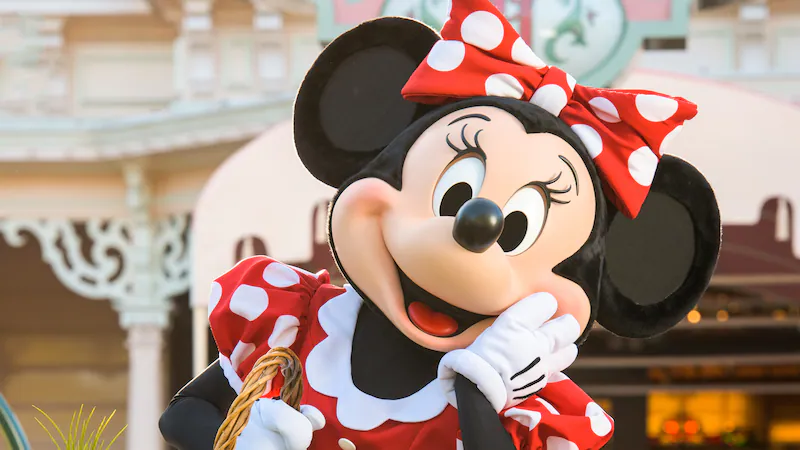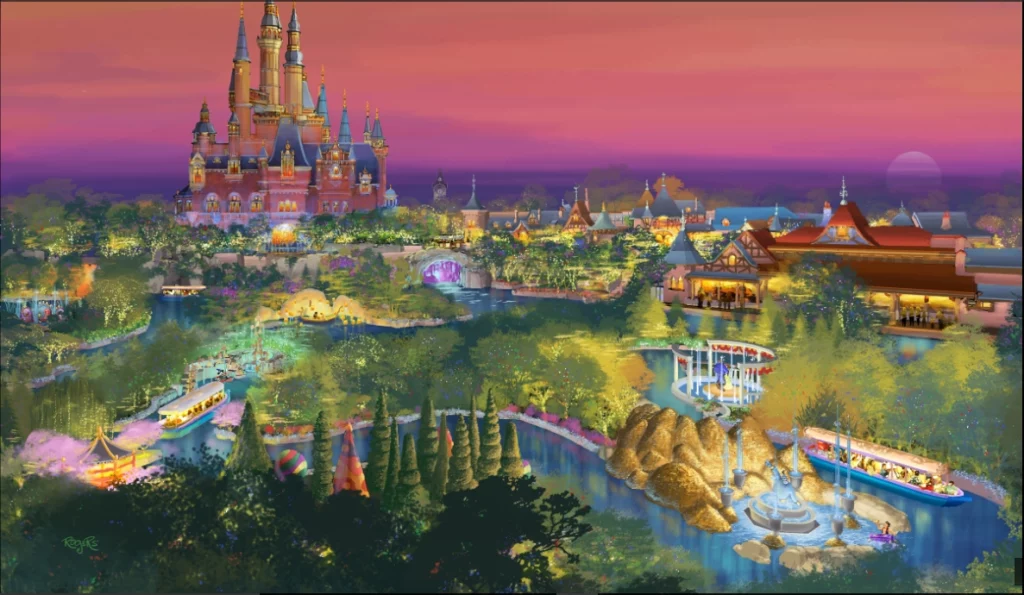
As one of the world’s largest entertainment companies, Disney is more than just a collection of theme parks and film studios; it has evolved into a cultural industry that spans mutiple sectors. Disney’s cultural industry refers to the industry chain with lasting impact that Disney has formed through its diversified business layout, cross-media content content creation , and globalised brand operations.


Firstly, the core of Disney lies in its strong content production capacity. From classic animated films to the Marvel, Pixar and Star Wars series, Disney owns a number of well-known IPs, which not only drive box office revenues, but also extend their influence through derivative products, theme parks and entertainment facilities. For example, Frozen is more than just a film; its peripheral merchandise, musicals and themed events have generated huge financial returns. This model of driving other industries through films is one of the foundations of Disney’s cultural long-run industry.
Secondly, Disney’s global expansion is also the key to the development of its cultural industry. From Disneyland in the United States to theme parks in Paris, Tokyo, Hong Kong and Shanghai, Disney has successfully spread its brand culture around the world. These theme parks are not only amusement facilities, but also venues for Disney’s cultural experience, allowing visitors to delve deeper into Disney’s stories and characters through highly immersive experiences.

Finally, Disney’s brand licensing and derivatives are also an important part of its cultural industry. From apparel, toys to household items, Disney maximises the value of its brands through licensing. This not only brings the company huge revenue, but also expands the recognition and influence of the Disney brand globally.
Overall, Disney Culture Long Industries has created a global entertainment empire through a variety of operation modes such as films, theme parks, digital platforms and brand licensing. It is not just a company, but a global cultural symbol.
Reference :
- Bellis, M., 2021. The History of Disney: From Animation to Global Empire. [online] Available at: https://www.thoughtco.com [Accessed 11 Dec. 2024].
- Smith, S., 2020. The Impact of Disney’s Brand Licensing on Global Recognition. Journal of Global Business, [online] 34(2), pp. 45-60. Available at: https://www.journalofglobalbusiness.com [Accessed 11 Dec. 2024].
- Disney, 2023. Disney’s Global Expansion: From Theme Parks to Brand Licensing. [online] Available at: https://www.disney.com [Accessed 11 Dec. 2024].
- Jones, P., 2019. Frozen and Beyond: How Disney Drives its Cultural Empire. International Journal of Entertainment Studies, [online] 28(3), pp. 120-134. Available at: https://www.ijes.com [Accessed 11 Dec. 2024].


Through your article, I understand how Disney has become an exemplary “cultural industry” and its diversified layout in the global entertainment sector. And I really liked the example you used of Frozen. It’s a highly successful film, and the subsequent musical and merchandise demonstrate its worldwide popularity. In this context, consumers aren’t just buying a product; they’re aligning with a cultural identity and set of values.
I have a small suggestion. The article could further analyze the impact of Disney’s model on global culture. While Disney’s strong content creation and brand expansion are impressive, its broad influence also raises concerns about cultural homogenization. The commercialization of culture can lead to culture becoming a market-driven commodity, which risks diminishing its original educational and artistic value. For instance, Disney’s products, through theme parks, derivatives, and films, achieve multidimensional commercial expansion, with many consumers’ cultural experiences gradually shaped as consumer behaviors, thereby diluting the pure cultural experience. This phenomenon reflects a core conflict in the cultural industry: the balance between the experiential value of culture and the driving force of commercialization.
You could also include more references from readings and research to support your points, which would enhance the persuasiveness of your arguments. Although the article presents Disney’s strategic success and influence, delving into the broader impact of its cultural industry from a critical perspective would add depth. This analysis could consider the state of global culture under Disney’s influence, the trend toward commodifying cultural products, and the impact of Disney’s market power on the diversity of the global entertainment industry.
Anyway it’s a nice blog! I hope the suggestions will be helpful to you!
Disney is a very famous cultural industry, your blog has thoroughly analyzed the multi-dimensional development of Disney as a cultural giant, and it is very clear. You also listed Disney’s classic IP and their derivatives in different fields. Although many examples have been used to support the argument, I think it would be better to add some specific data, such as the box office income.